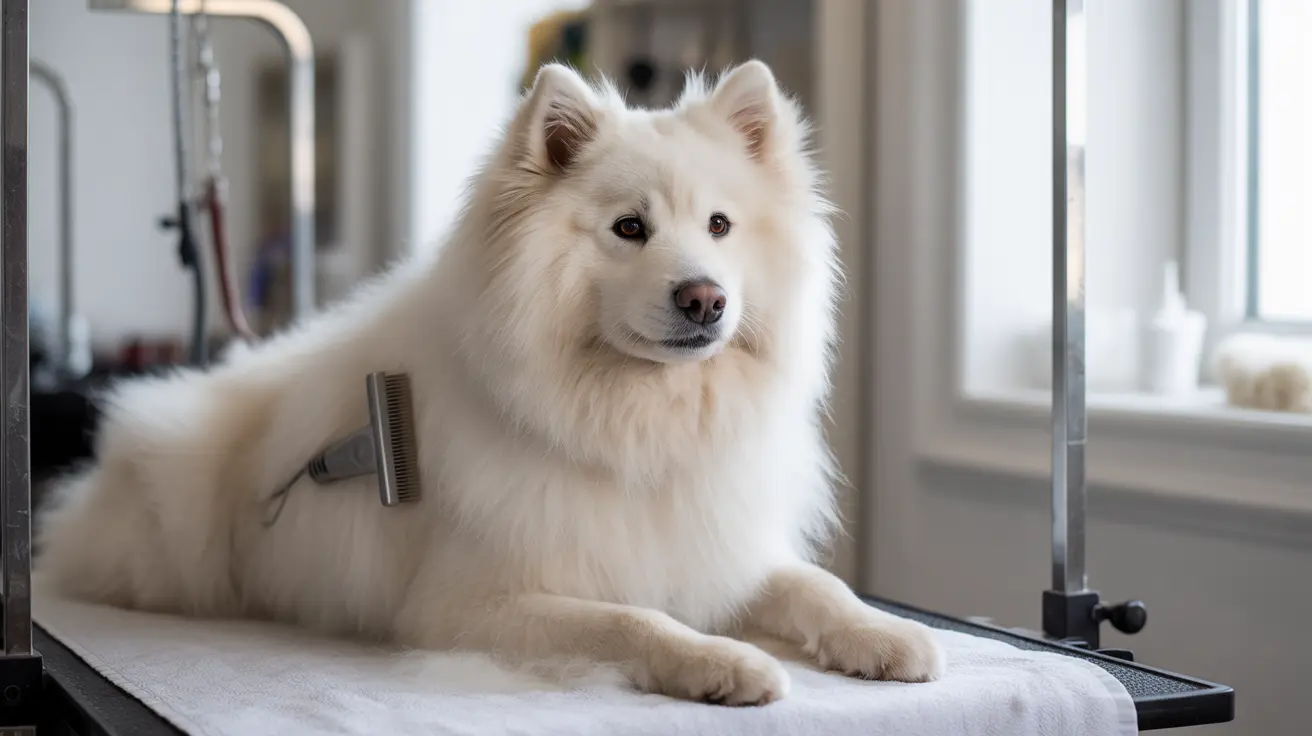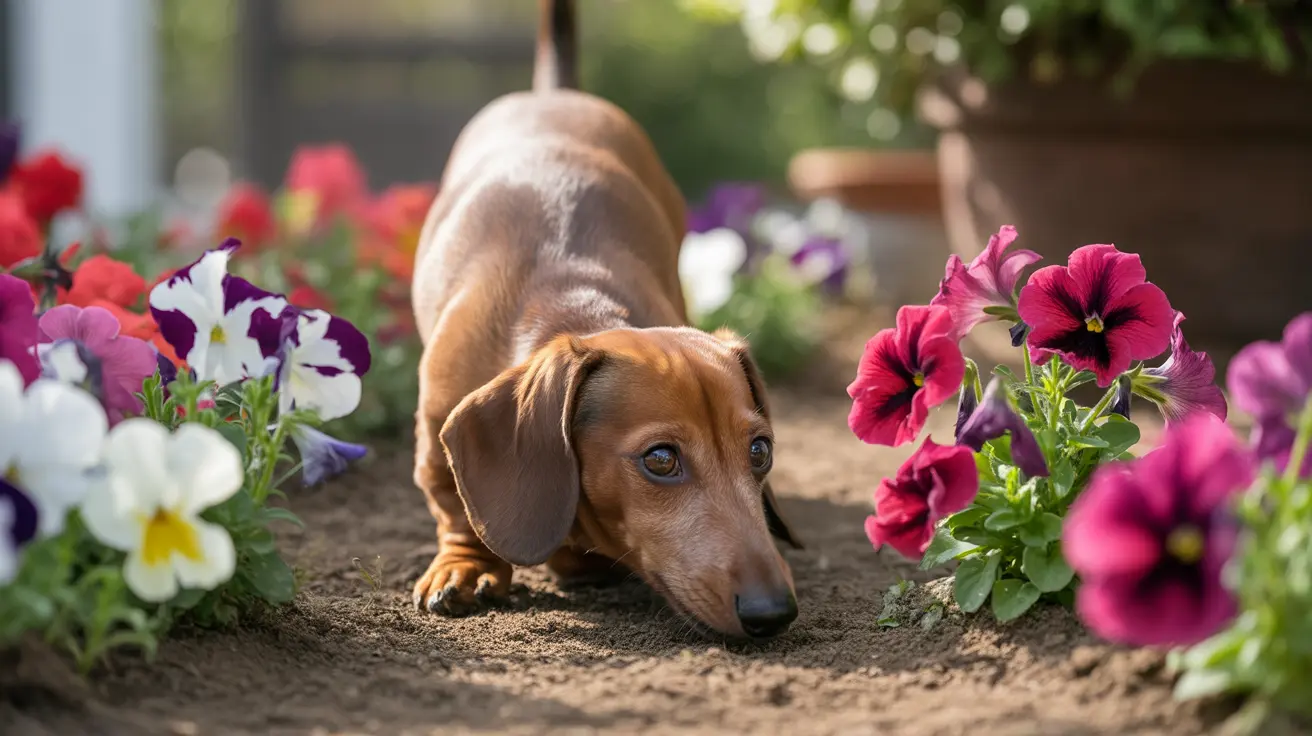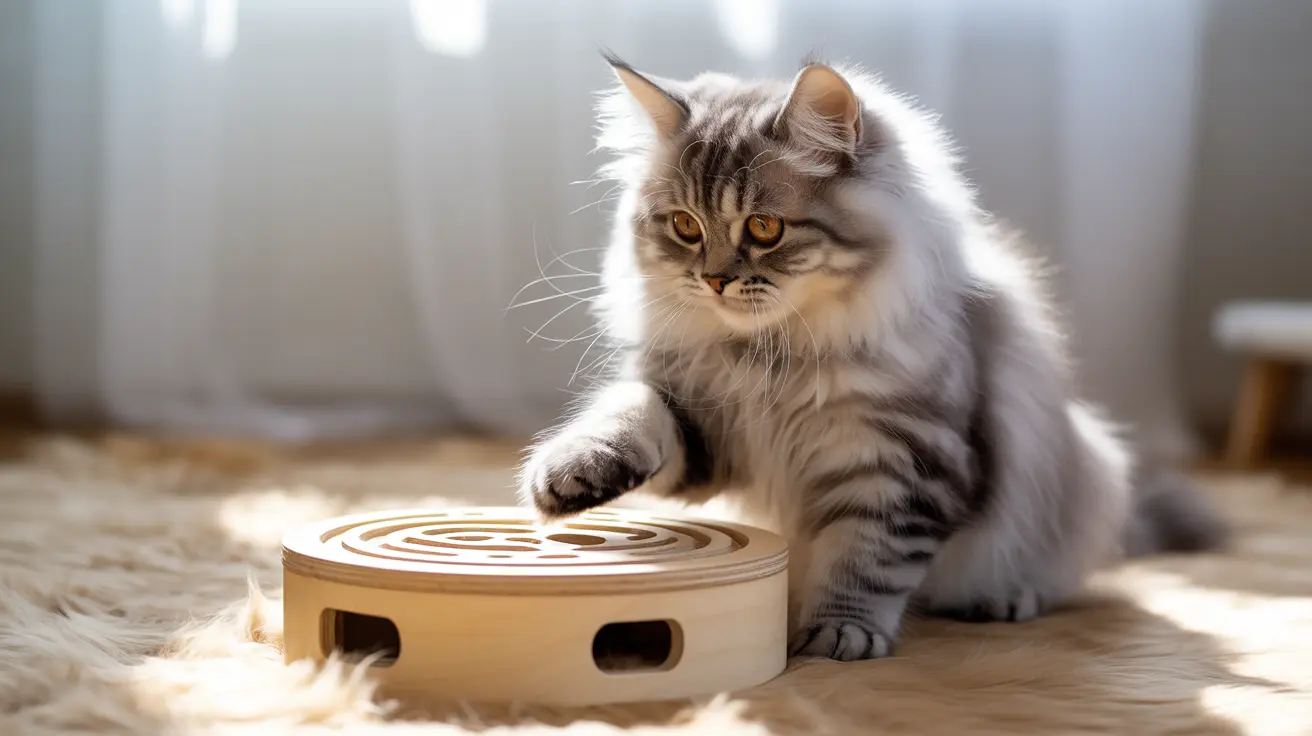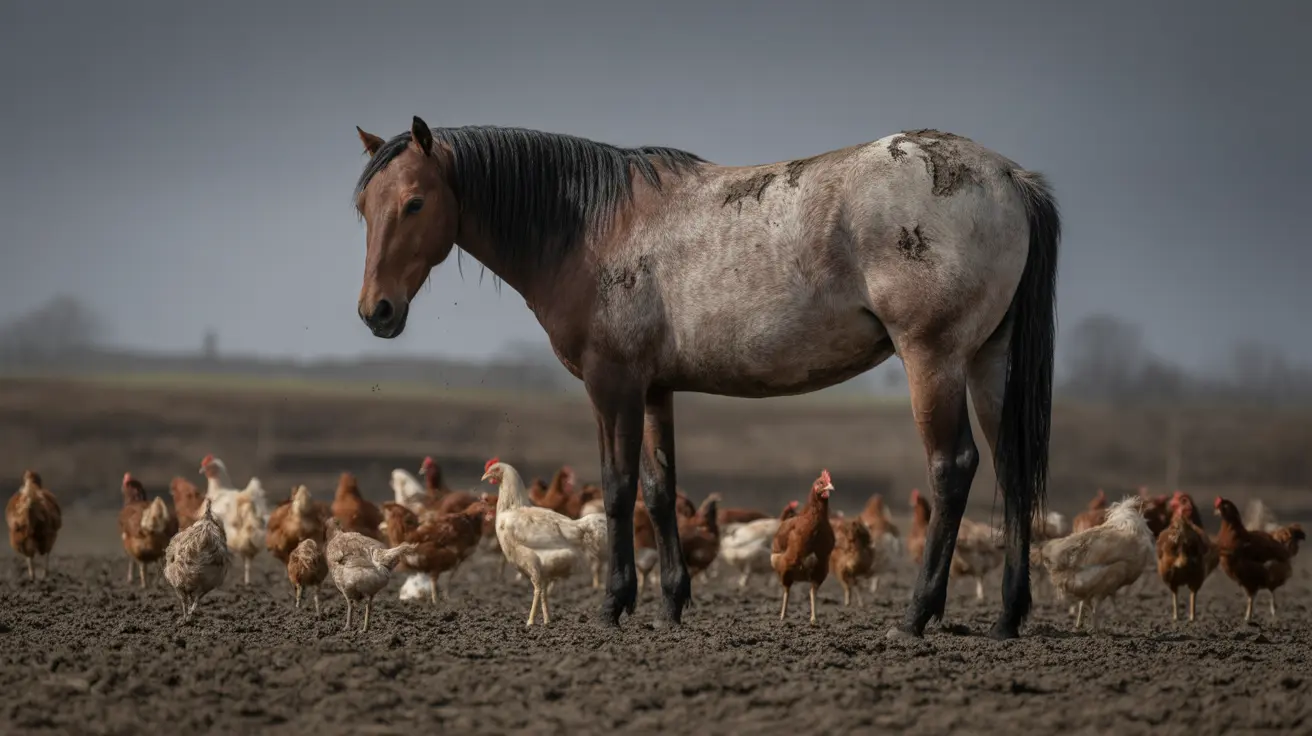When it comes to choosing a canine companion, fluffy dog breeds hold a special place in many pet lovers' hearts. These enchanting creatures, with their plush coats and warm personalities, offer more than just aesthetic appeal – they provide unwavering loyalty, affection, and a unique set of joys and responsibilities that make pet ownership truly rewarding.
From the majestic Samoyed to the compact Pomeranian, fluffy dogs come in various sizes, temperaments, and care requirements. Understanding these distinctions is crucial for potential owners who want to ensure they're making the right choice for their lifestyle and living situation. This comprehensive guide will explore everything you need to know about selecting, caring for, and living with these beloved furry companions.
Understanding Different Fluffy Dog Breeds
The world of fluffy dog breeds is remarkably diverse, encompassing everything from tiny lap dogs to impressive working breeds. Each type comes with its own set of characteristics that potential owners should carefully consider. Whether you are looking for a loyal giant, a versatile family companion, or a petite, cuddly friend, there's a fluffy breed suited to almost every household.
Large Fluffy Breeds
Large fluffy breeds are known for their commanding presence and gentle temperaments. These dogs often serve as working or rescue animals and are best suited for homes with ample space and owners who appreciate their strength and affection.
- Newfoundland: A gentle giant famous for its swimming abilities and kind nature.
- Great Pyrenees: Renowned for its guardian instincts and majestic white coat.
- Bernese Mountain Dog: Offers a striking tri-color coat and a calm, loyal demeanor.
- Leonberger: Combines impressive size with surprising gentleness and family devotion.
Medium Fluffy Breeds
Medium-sized fluffy breeds provide a balance of manageability and energy. Often intelligent and adaptable, they make great companions for active families or individuals seeking a versatile pet.
- Samoyed: Famous for its "Sammy smile" and thick, white fur, loyal and friendly.
- Chow Chow: Notable for its lion-like mane and independent spirit.
- Australian Shepherd: Energetic and intelligent, with a beautiful, silky coat.
- Collie: Both loving and easy to train, with a trademark flowing coat.
Small Fluffy Breeds
Small fluffy breeds are perfect for those with limited space or seeking a portable pet. Despite their petite size, these dogs are lively and full of personality, fitting well into apartments as well as family homes.
- Pomeranian: A tiny bundle of energy with a bold, foxy face and voluminous fur.
- Bichon Frise: Playful and curly-coated, often recommended for allergy sufferers.
- Havanese: Cuba's national dog, cheerful and adaptable, with a silky coat.
- Shih Tzu: A palace favorite with a lovely coat and charming, affectionate personality.
Essential Grooming Requirements
Caring for fluffy dogs requires a dedicated grooming routine to maintain their beautiful coats and overall skin health. Neglecting grooming can lead to matting, discomfort, and even skin infections, so it is important to establish habits early and stick to them throughout your dog's life.
- Daily brushing to prevent matting: Most fluffy breeds have double coats or long hair that tangles easily. Brushing helps distribute natural oils and keeps the fur manageable.
- Regular professional grooming appointments: Scheduling a groomer to trim, bathe, and de-mat your fluffy friend every 4-8 weeks can be essential for certain breeds.
- Specific grooming tools for different coat types: Invest in pin brushes, slicker brushes, combs, and detangling sprays suited to the breed's unique coat.
- Proper bathing techniques and frequency: Use gentle, dog-specific shampoos, and avoid over-bathing to prevent skin dryness. Frequency varies by breed but is typically every 1-2 months unless extra cleaning is needed.
In addition to coat care, don't forget to clean ears, trim nails, and check for any signs of skin irritation regularly.
Exercise and Training Needs
Training fluffy dogs requires patience, consistency, and understanding of breed-specific characteristics. Fluffy breeds run the gamut from tireless herders to couch-loving companions, so matching their activity levels to your own is key for happiness and health.
- High-energy breeds need multiple daily exercise sessions: Working breeds such as Australian Shepherds and Collies, require frequent walks, play, and mental challenges.
- Mental stimulation through training and interactive play: Incorporate tricks, agility courses, and puzzle toys to keep your dog sharp and engaged.
- Structured training routines starting from puppyhood: Begin socialization and basic commands early, using positive reinforcement techniques for best results.
- Regular socialization opportunities: Expose your fluffy dog to a variety of people, pets, and environments to foster a confident and well-rounded pet.
Providing proper exercise and training not only keeps your dog physically fit but also strengthens your bond and prevents behavioral problems.
Health and Nutrition Considerations
Maintaining optimal health in fluffy dogs involves addressing several key areas. These breeds may have predispositions to certain health concerns, and care routines should be tailored accordingly to ensure longevity and quality of life.
- Regular veterinary check-ups: Annual or semi-annual visits help catch issues early and keep vaccinations up to date.
- Breed-specific health screenings: Some fluffy dogs, like Bernese Mountain Dogs or Great Pyrenees, may be prone to hip dysplasia or inherited conditions. Talk to your vet about recommended tests.
- Proper nutrition tailored to size and activity level: Feed appropriate portions of high-quality food, considering the dog’s age, activity, and breed-specific nutritional needs.
- Weight management to prevent obesity: Monitor weight and avoid excessive treats. Fluffy coats can sometimes hide weight gain, so regular checks are important.
Also ensure your dog has access to clean water, dental care, and parasite prevention for comprehensive health support.
Choosing the Right Fluffy Breed
When selecting a fluffy dog breed, it’s essential to consider your unique situation and expectations. The perfect breed for one household may not suit another, so thoughtful consideration helps ensure a lasting, loving match.
- Living space and environment: Larger breeds need room to roam, while smaller breeds adapt well to apartments.
- Time available for grooming and exercise: Some fluffy dogs need daily attention, so align your schedule and lifestyle.
- Experience level with dog ownership: Novice owners may prefer breeds with fewer grooming or training needs.
- Family composition and lifestyle: Some breeds bond especially well with children or thrive in active households.
- Climate considerations: Fluffy coats can make hot climates challenging and may require additional cooling care.
Researching breeds thoroughly and honestly assessing your lifestyle will help ensure a rewarding relationship for both you and your dog.
Frequently Asked Questions
- What are the most popular fluffy dog breeds? Popular breeds include Samoyed, Pomeranian, Chow Chow, and Bichon Frise. These breeds are beloved for their striking coats, friendly personalities, and adaptability to different homes.
- How often should I groom a fluffy dog? Most require brushing several times a week to prevent matting, with regular full grooming sessions every month or so.
- Are fluffy dogs hypoallergenic? Some, like the Bichon Frise, are considered more allergy-friendly, but many fluffy breeds do shed and may not be suitable for people with severe allergies.
- How can I prevent matting in my dog's fur? Regular brushing, attention to areas prone to friction (like behind the ears or under the legs), and occasional professional trims are effective in preventing mats.
- Do fluffy dogs shed more than others? Many fluffy breeds do shed more, especially during seasonal coat changes. Routine cleaning and brushing help manage shedding hair in your home.
- What are the best grooming tools for fluffy dogs? Pin brushes, slicker brushes, and detangling sprays are essential for keeping fluffy coats healthy and tangle-free. Grooming rakes can also help during shedding seasons.
- Are fluffy dogs good for families? Most fluffy breeds are friendly, companionable, and make excellent family pets, enjoying playtime and bonding with children.
- Do fluffy dogs need special diets? While they do not require a unique diet solely because of their coats, all dogs benefit from high-quality, balanced dog food. Breed, size, and age may influence specific nutrient needs.
- How much exercise do fluffy dogs need? Needs vary by breed and age, but most fluffy dogs require daily walks and active play sessions to stay happy and healthy.
- How can I train my fluffy dog effectively? Consistency and positive reinforcement yield the best results. Start training from a young age, and include socialization as part of your daily routine.
- What health issues are common in fluffy breeds? Some breeds are prone to skin problems, hip and joint issues like hip dysplasia, or hereditary conditions such as eye diseases. Routine vet care and knowledge of breed-specific risks are crucial.
Owning a fluffy dog can be one of life's most rewarding experiences. While these breeds require dedicated care and attention, the joy, companionship, and unconditional love they provide make every moment of effort worthwhile. By understanding their unique needs and committing to proper care, you can ensure a happy, healthy life for your fluffy companion.






